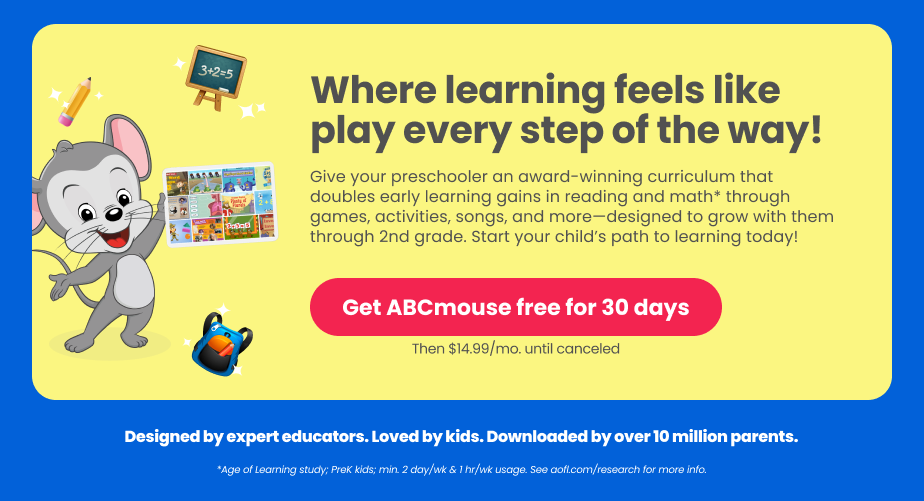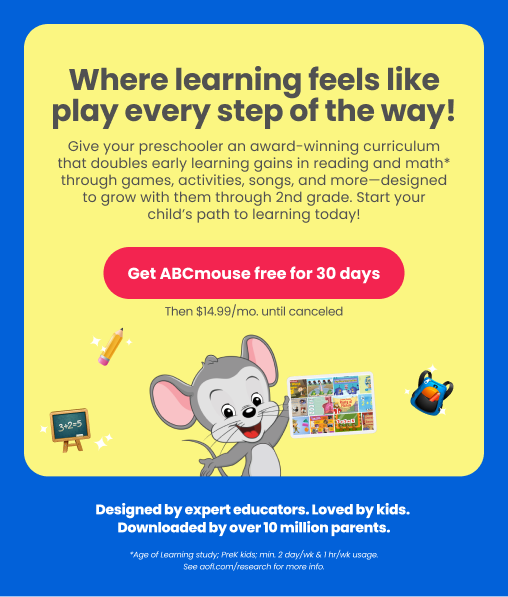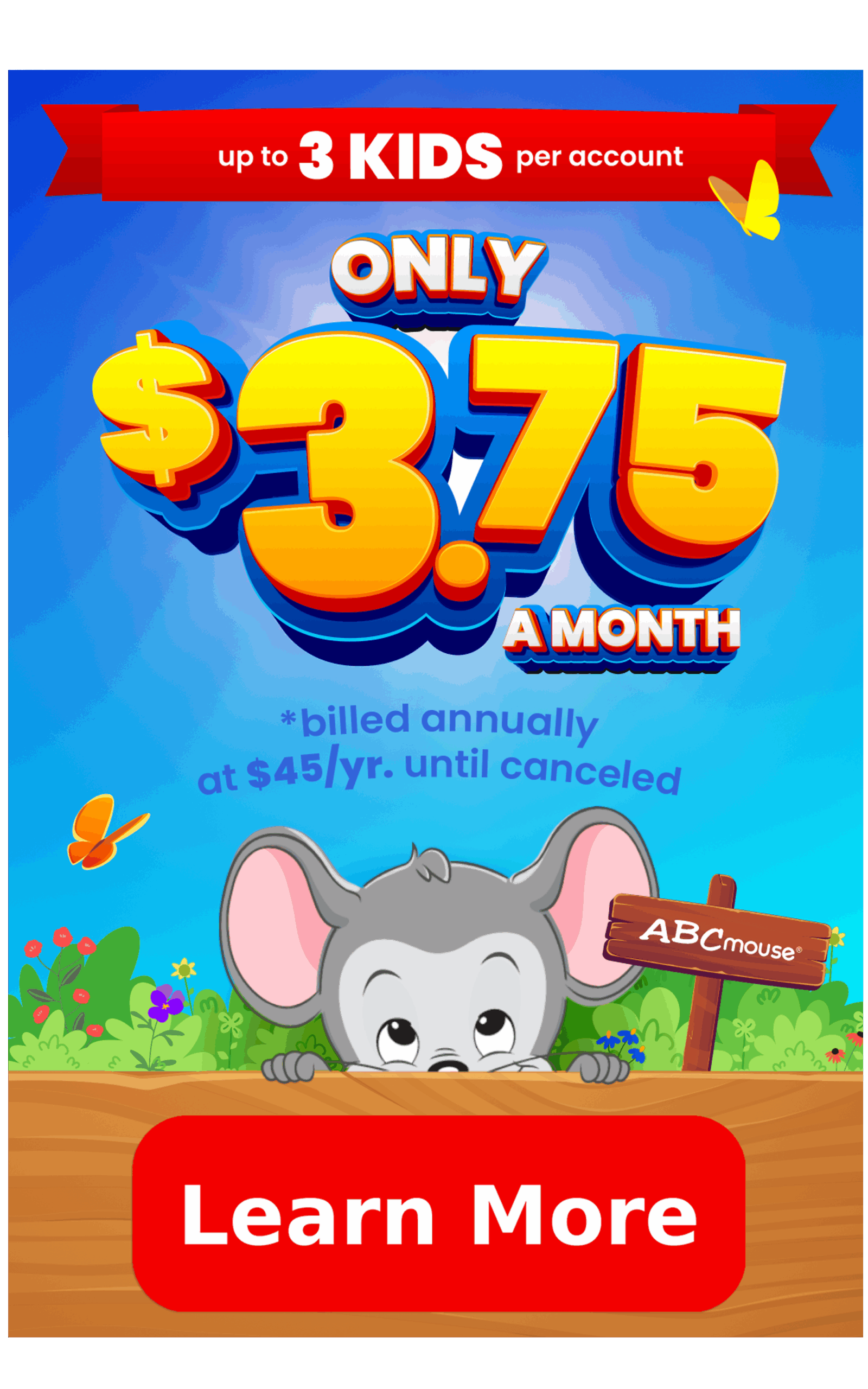10 Fun and Interactive Measurement Activities for Preschoolers
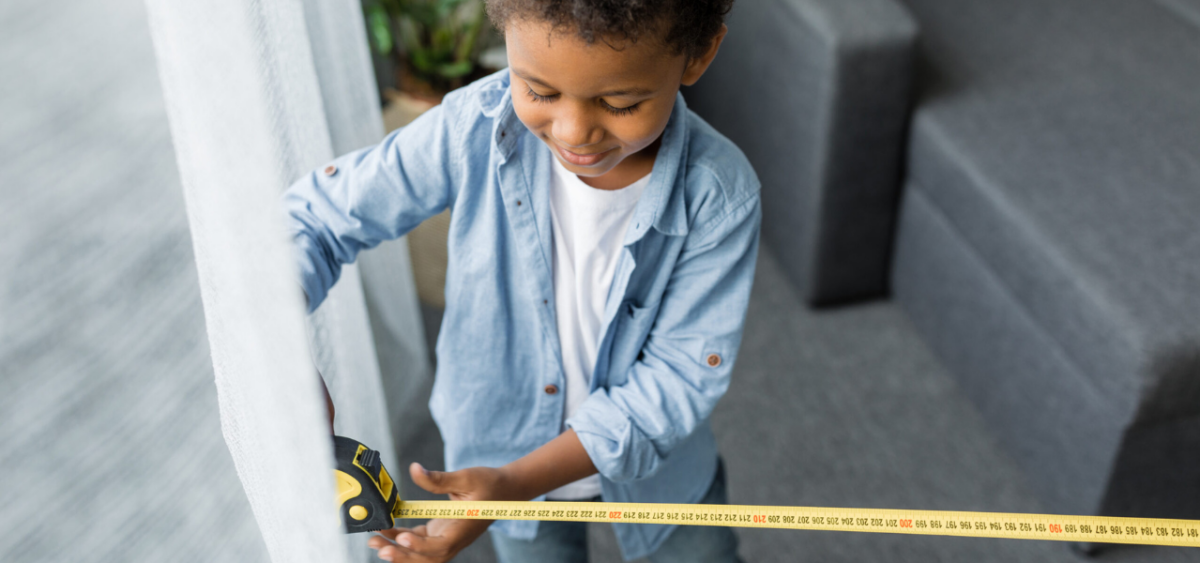
Measurement is an essential mathematical concept that preschoolers can begin to explore through hands-on activities. Introducing measurement activities at an early age helps children understand size, length, weight, and capacity.
Here are a few fun and easy way to get your preschooler started with these concepts, promoting their mathematical thinking and providing opportunities for learning in a hands-on way.
Measurement Activities for Preschoolers
1. Size Scavenger Hunt

A scavenger hunt is an exciting way to introduce preschoolers to measurement concepts like length and height.
Create a list of items or pictures of objects with varying sizes, such as a small toy, a medium-sized book, or a large pillow.
Provide a ruler or a tape measure and guide children as they measure each item.
Encourage them to compare and order the objects based on their measurements, fostering an understanding of relative size and measurement terms like “shorter” and “taller.”
2. Measuring Magic With Toys & Objects
Preschoolers may not be ready to work with standard units of measurement like inches or centimeters.
Instead, measure objects using non-standard units such as blocks, paper clips, or hands.
For example, have children measure the length of a table using blocks or the width of a book using paper clips.
This activity helps develop estimation skills and introduces the concept of using units to compare and measure.
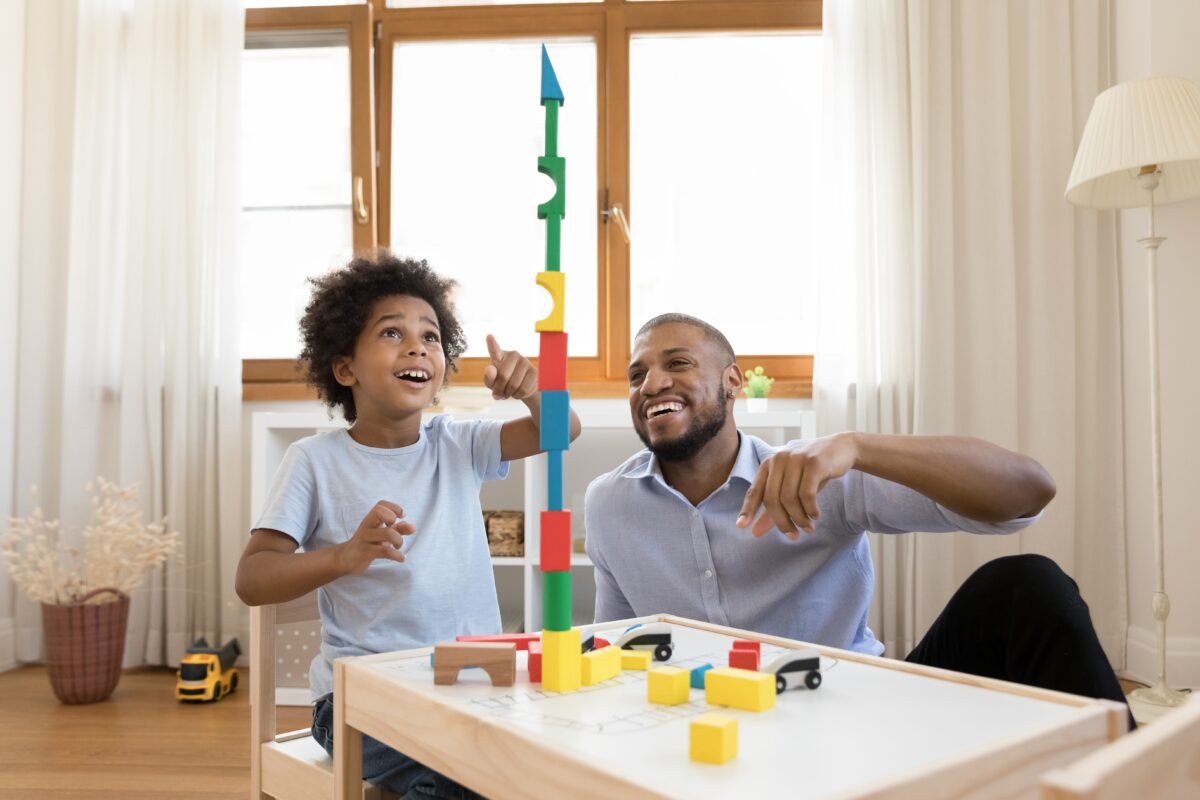
3. Cooking and Baking
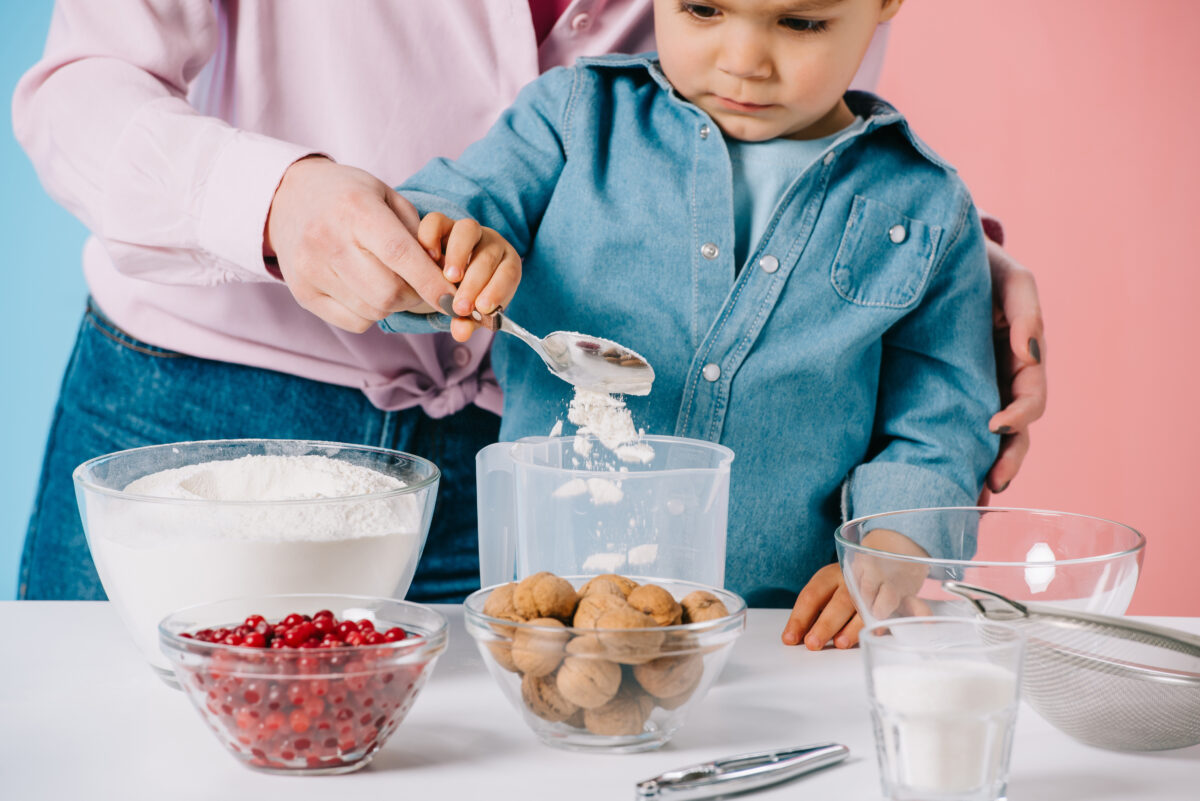
Engage preschoolers in measurement activities in the kitchen while preparing simple recipes.
Have them measure ingredients using measuring cups, spoons, or a kitchen scale. Talk about concepts like “more” and “less,” “full,” and “empty,” and encourage them to compare quantities.
This activity introduces measurement and promotes practical life skills, following instructions, and understanding the importance of accurate measurements in cooking.
4. Compare Cups With Water Play
Water play is a fantastic way to introduce measurement concepts related to capacity and volume.
Give children containers of different sizes, such as cups, buckets, or bowls, and let preschoolers explore and pour water.
Encourage them to compare different containers’ capacities and predict which container will hold more or less water.
This activity helps develop an understanding of concepts like full, half-full, and empty while also enhancing fine motor skills.
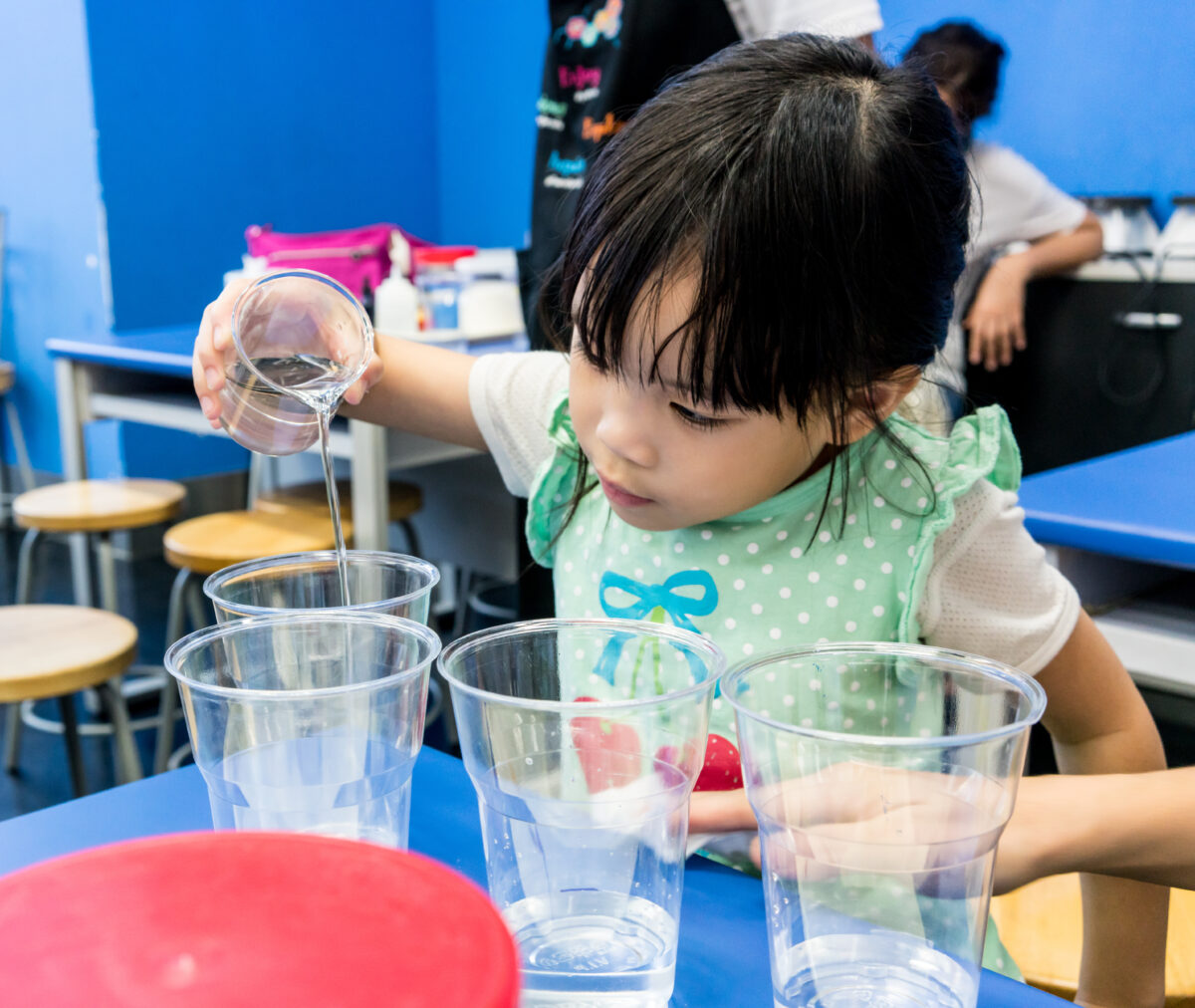
5. How Tall?
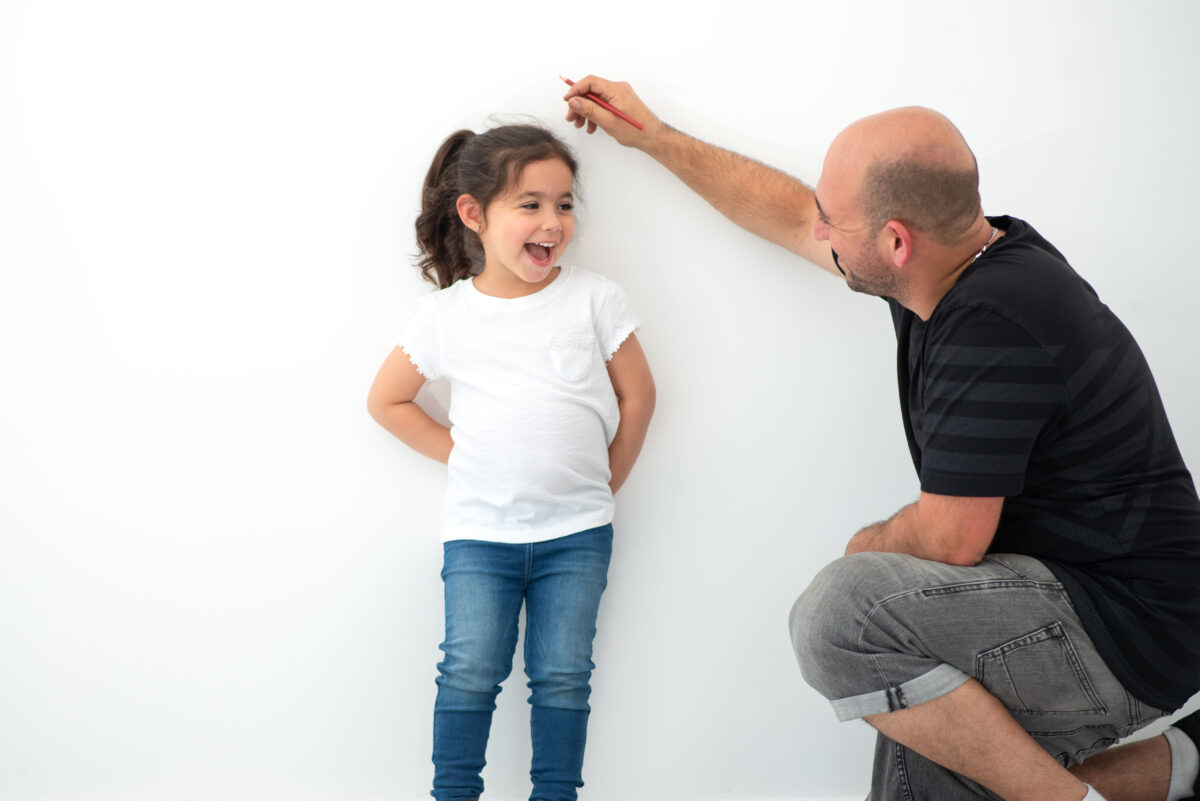
Help preschoolers understand the concept of height by measuring themselves and others.
Use a measuring tape or a height chart and have children stand against it to measure their heights. Let them compare their heights with their friends or family members, discussing who is taller or shorter.
This activity promotes measurement skills and encourages social interaction and vocabulary development.
6. Building Block Towers
Building block towers is a fun way to introduce measurement and spatial awareness.
Provide blocks of different sizes and shapes and challenge preschoolers to build towers of specific heights or lengths. Use simple measurement terms like “tall,” “short,” “long,” and “wide” to describe the towers they create.
This activity enhances hand-eye coordination, spatial reasoning, and problem-solving skills.
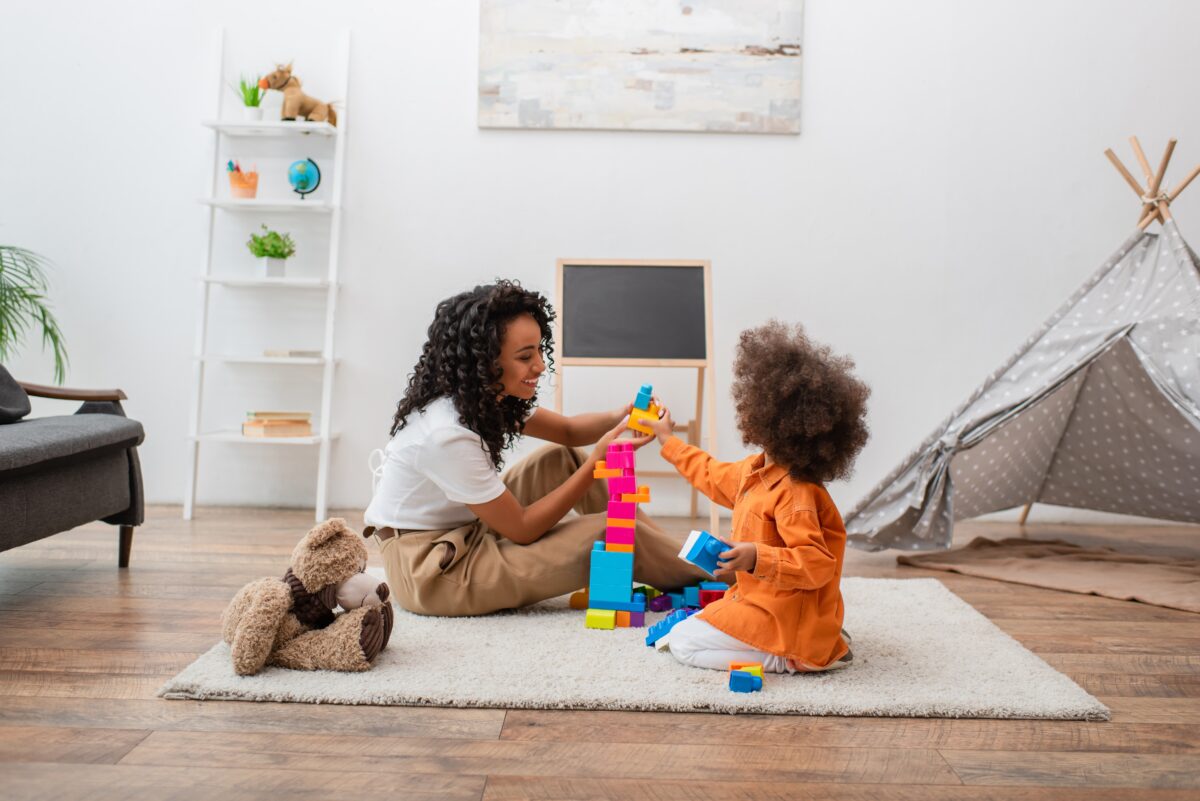
7. How Many Steps?
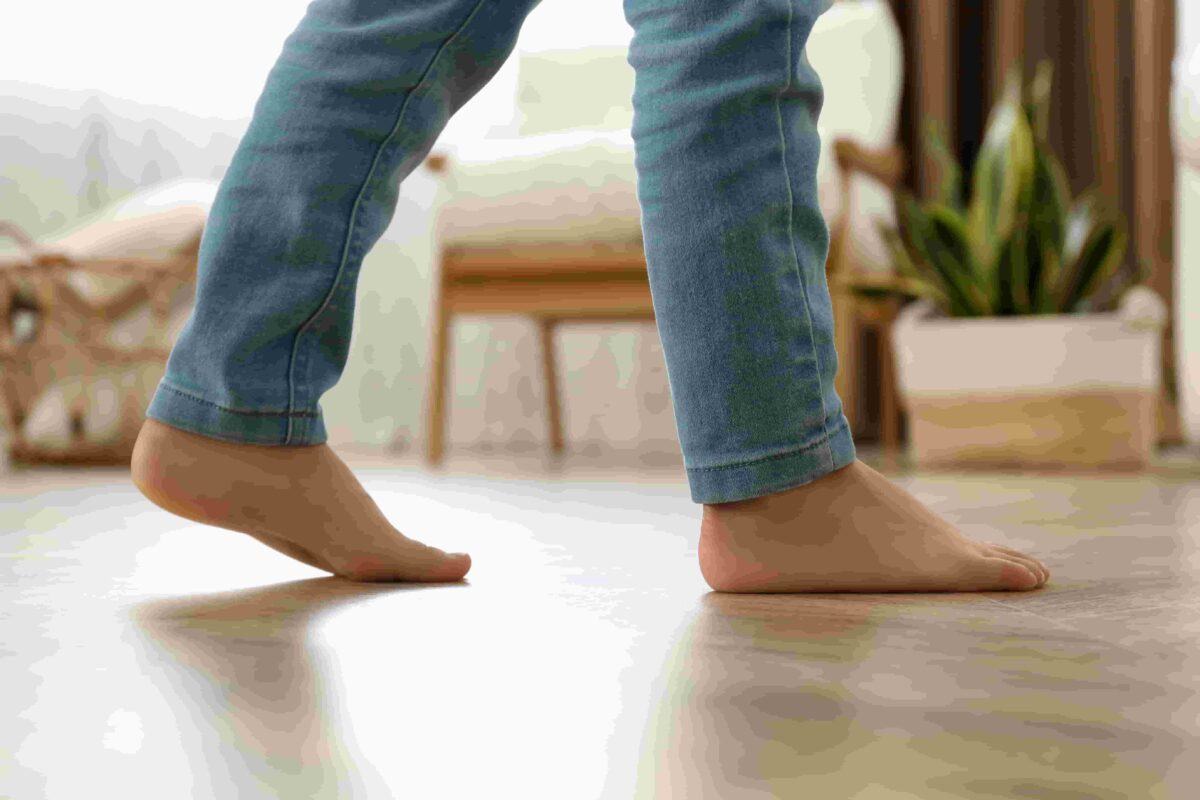
Children will learn about the concept of distance and understand that it can be measured using non-standard units (their steps in this case).
Choose two points in the room or outdoor space and mark them as the start and end points. Have each child guess how many steps it will take them to get from the start point to the end point.
Each child takes turns walking heel-to-toe from the start to the end point, counting their steps. Record the number of steps it took for each child and discuss why different children had different measurements.
8. Measure the Worm
This activity teaches kids how to use rulers and introduces them to the concept of length.
Have the children roll playdough into “worms” of different lengths. Before measuring, have each child guess how long their worm is.
Use rulers to measure the actual lengths of the worms. Line up all the worms from shortest to longest and discuss the results.
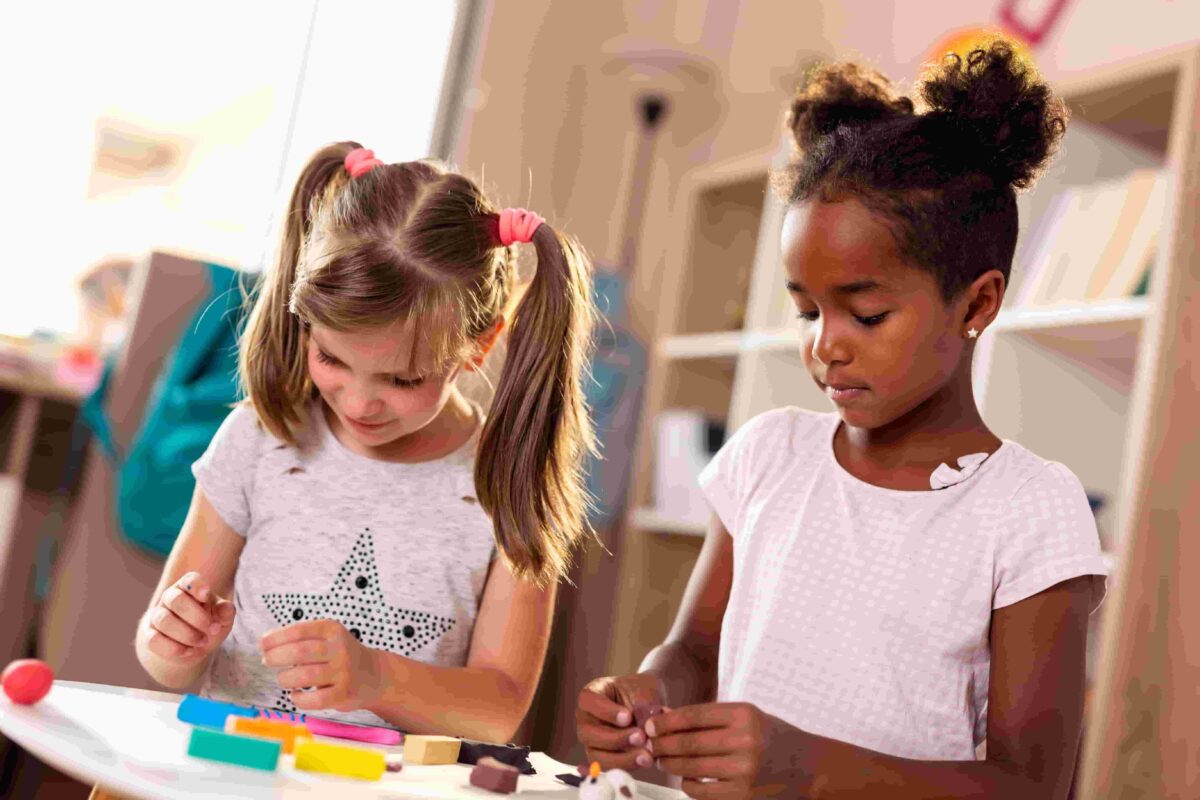
9. Heavy or Light
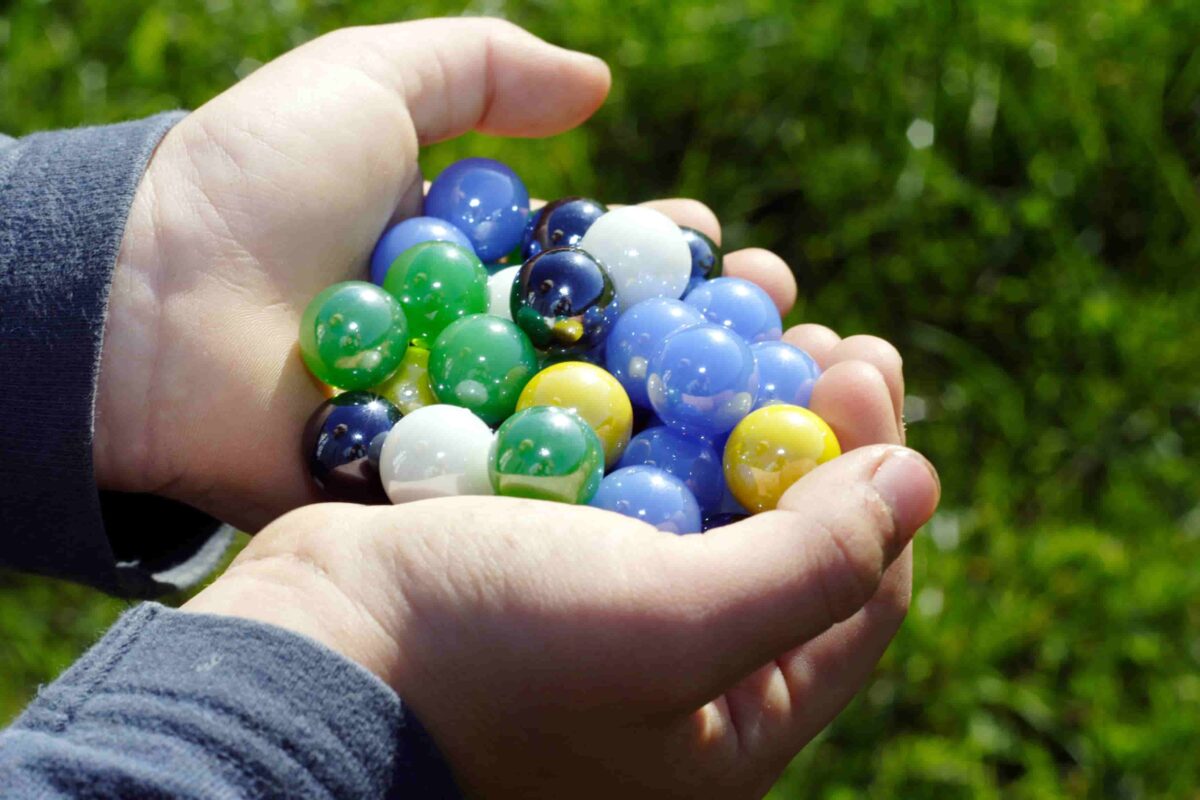
This activity helps children understand the concepts of weight and balance, and introduces them to the tools used for measuring weight.
Lay out various objects and have the children guess which items are heavy and which are light. Place them in the corresponding ‘Heavy’ or ‘Light’ areas.
Use the balance scale to measure the items against each other. Place one item in one bucket and another item in the opposite bucket to see which side tips.
Talk about whether their initial guesses were correct or not. Also discuss how the scale helped them confirm which item was heavier or lighter. Allow children to test various combinations of items to explore the concepts of weight and balance further.
10. Footprint Pathway
This preschool measurement activity introduces children to length and width measurements and allows them to see physical representations of size.
Pour some washable paint into a shallow tray. Have each child dip their foot into the paint and then make footprints on the large sheet of paper.
Encourage the children to create a pathway of footprints, walking from one end of the paper to the other. Once the footprints are dry, use a measuring tape or ruler to measure the length and width of the footprints. Write the measurements next to each child’s set of footprints. Discuss whose footprints are bigger/smaller and by how much.

Get More Free Preschool Learning Activities!
Practice with fine motor skills, shapes, and more with our free printable Preschool Tracing Worksheets. Then work on letter recognition with our Preschool Alphabet Coloring Pages. You can also add in our free-to-play learning games.
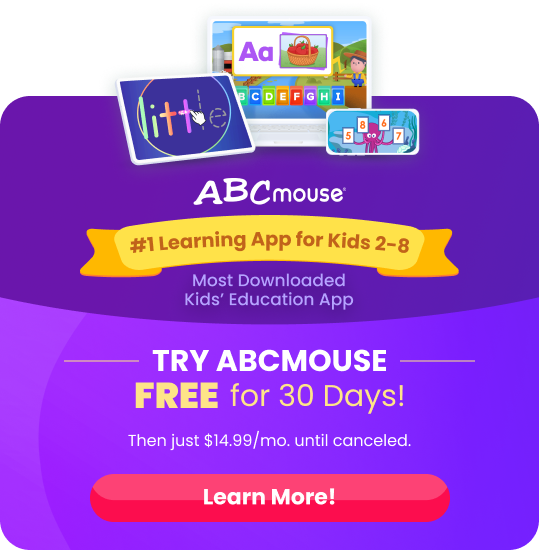
The information and materials provided are for informational purposes only. Any links provided to third-party resources are provided for convenience only. We do not sponsor or endorse, and are not affiliated with such parties, unless explicitly stated otherwise. We do not maintain or control these websites. Information presented on these sites may not be current or accurate – it is your responsibility to determine its accuracy and usefulness. By clicking on the links provided, you understand that you may be subject to additional terms and conditions and the privacy policies of such third parties.


